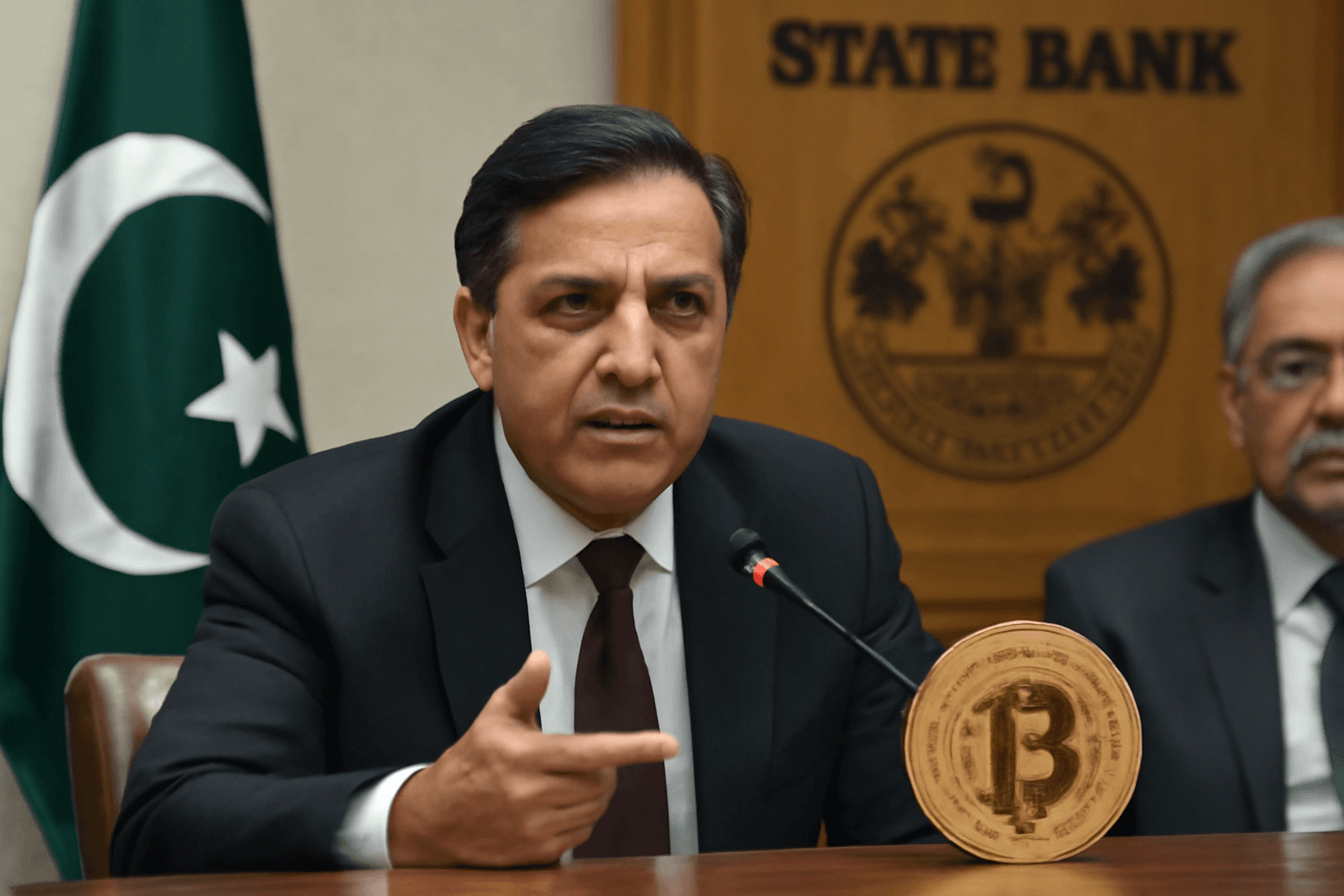What Changes Are Coming on July 1 and How They Affect Your Finances
As July 1 approaches, a suite of financial changes are set to take effect across Australia. From pension thresholds to wage increases, and enhancements to parental leave entitlements, these updates will shape household budgets in various ways depending on your age, location, and employment status.
Who Benefits?
Seniors Accessing the Age Pension
While pension rates remain steady, eligibility thresholds tied to inflation are rising. This update means some part-pensioners may now qualify for full pensions, and certain individuals previously excluded due to asset limits may become newly eligible for partial pensions. For example, part-pensioner couples can see fortnightly increases of $34.50, while singles could gain an extra $22.50 per fortnight. In Tasmania, pension indexing will align with the Consumer Price Index, continuing an upward trend.
New Parents: Super Payments and Extra Leave
From July 1, paid parental leave through government programs will include superannuation contributions for the first time, a major stride toward closing the retirement income gap between women and men. Additionally, paid leave is extended by two weeks — from 22 up to 24 weeks, with plans to increase to 26 weeks by 2026, available up to three months before a child arrives. This change supports primary caregivers, mainly women, in securing their financial future.
Minimum Wage Earners
More than 2.6 million Australians on minimum award wages will receive a 3.5% pay boost. The weekly minimum wage will increase to $948, equating to $24.95 per hour based on a 38-hour workweek.
Skilled Visa Workers
Income thresholds tied to skilled visas have risen by 4.6%. The Specialist Skills Income Threshold increases from $135,000 to $141,210 for applications filed from July 1. Other thresholds have similarly moved up, affecting new applicants but not those with existing visas.
Centrelink Payment Recipients
Social security payments will see a 2.4% increase. For example, the Family Tax Benefit (FTB) Part A maximum for children under 13 rises to $227.36 per fortnight, with older children’s payments also growing. Part B payments for families will also adjust upwards accordingly.
South Australian Students
SA students benefit from cost-of-living measures reducing the 28-day student MetroCard pass price to a maximum of $10 — a significant drop from $28.60. Meanwhile, a nationally anticipated 20% cut to outstanding HECS debt is expected to be legislated soon, automatically lowering many students’ debt burdens.
Payroll Tax Relief in Selected Regions
Victoria will see its payroll tax-free threshold rise to $1 million annually. The Northern Territory’s threshold jumps from $1.5 million to $2.5 million, easing payroll tax burdens for local businesses.
Solar Battery Subsidies Expanded
The government’s rebate program now includes eligible businesses and community groups alongside households, offering up to a 30% upfront discount on battery installation costs, potentially saving around $4,000 and encouraging renewable energy uptake.
Superannuation Growers Benefit
The mandatory Super Guarantee contribution rate increases to 12%, up from 11.5% last year, boosting retirement savings for employees. Norfolk Island residents experience a one percent rise to 10%. However, the maximum contribution base drops slightly, and individuals with super balances exceeding $3 million face new tax consequences (explained below).
Who Faces Higher Costs or Less Favorable Terms?
Taxpayers with Super Balances Over $3 Million
From July 1, those with superannuation balances above $3 million will encounter a 15% additional tax on investment returns earned over this threshold. For example, earnings above $3 million in a $3.5 million balance will be taxed at 30%, doubling the usual 15% rate for balances under the limit.
Sydney Households Facing Rubbish Fee Hikes
Waste service fees rise in 31 out of 34 Greater Sydney councils, with some residents set to pay four times above inflation increases. Lane Cove Council leads with an increase of $76.75, bringing the annual fee to $637.76.
Power Bill Hikes in NSW and Victoria
Despite government efforts to ease electricity costs, power prices will increase by up to 9.7% in some NSW regions and up to 5% in parts of Victoria. Victorian customers will see average annual power costs rise by about $20 to $1,675, while NSW price surges vary by distribution network.
Postal Service Price Increases
Australia Post is implementing a weighted average increase of 5% on international letters and smaller hikes on domestic parcels and express services. Stamp prices may jump from $1.50 to $1.70 per standard letter around mid-July.
Higher Penalties for Queensland Offenders
Penalty unit rates, which determine fines for many offenses, will increase. For example, a driving without a license fine could rise from $6,452 to $6,676.
Tax Deductions for Late Payments Cut
The Australian Taxation Office will no longer allow deductions for interest or fees on overdue tax, aiming to promote timely payments. As the general interest charge stands above 11%, this change could substantially affect taxpayers who miss deadlines.
Summary
This July brings a mixture of relief and added expenses depending on your personal circumstances. Key winners include pensioners, minimum wage workers, new parents, and those benefiting from payroll tax adjustments or renewable energy incentives. However, those with significant super balances, some urban residents, and tax delinquents may see their costs increase.
Stay informed to make the most of benefits and prepare for rising charges in the months ahead.














